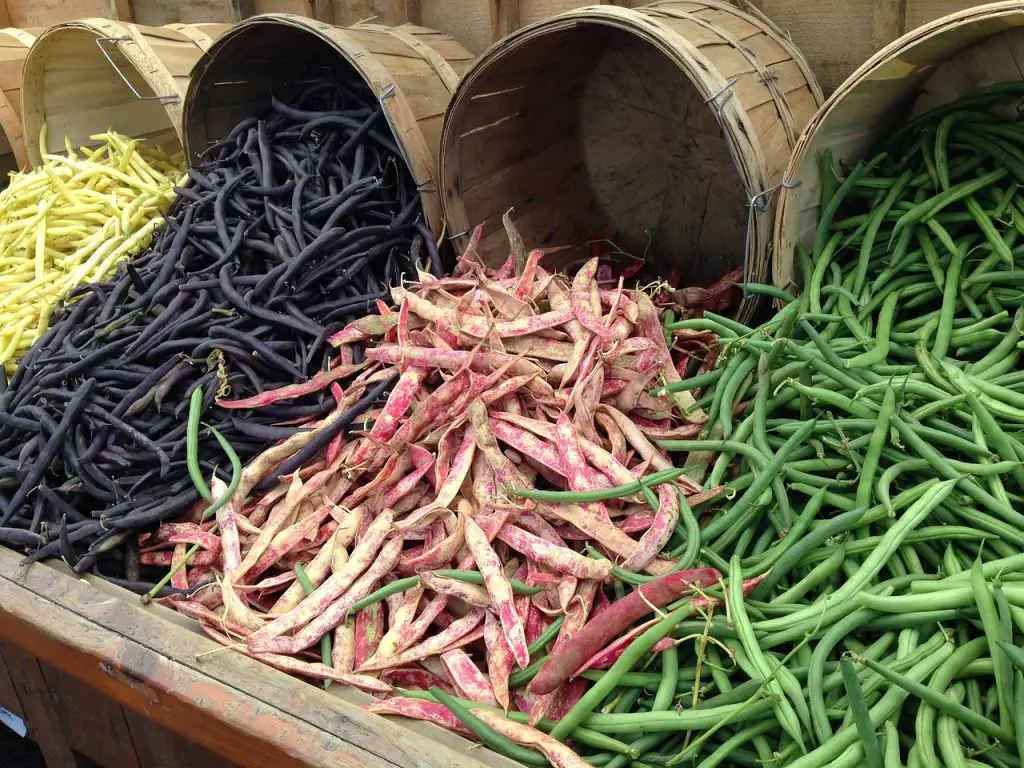Medieval cuisine is a fascinating subject that reveals much about the social, economic, and environmental conditions of the time. The diet of medieval people varied greatly depending on their social status, location, and the period within the medieval era, which spans from the 5th to the late 15th century.
The Staple Foods
Bread: The cornerstone of the medieval diet was bread, made from a variety of grains including wheat, rye, barley, and oats. For the wealthy, fine, white bread was a symbol of status, while the poor ate darker, coarser loaves.
Cereals: Besides bread, cereals were consumed in the form of porridge or gruel. These were essential for the lower classes, providing a significant portion of their daily calorie intake.
Legumes: Beans, peas, and lentils were important sources of protein, especially for those who could not afford meat.
Vegetables and Fruits: The medieval diet included a variety of vegetables, such as cabbages, onions, garlic, and leeks. Fruits were also consumed, either fresh or dried, including apples, pears, plums, and cherries.

Meat and Fish
Meat: Meat consumption varied greatly with social status. The nobility and wealthy could afford a variety of meats, including beef, pork, lamb, and game such as deer and boar. Poultry like chickens, ducks, and geese were also popular. The lower classes ate meat less frequently, often relying on pork or preserved meats like bacon.
Fish: Fish was a staple, particularly on Fridays and during Lent when the consumption of meat was forbidden by the Church. Freshwater fish such as carp, pike, and trout were common, as were saltwater varieties like herring, cod, and eel.
Dairy Products
Dairy products such as milk, cheese, and butter were commonly consumed by those of all social statuses. However, fresh milk was less common than other dairy products due to the difficulty of storing it without refrigeration.
Spices and Flavorings
The use of spices was a sign of wealth in medieval cuisine. Spices such as pepper, cinnamon, cloves, nutmeg, and saffron were imported at great expense from Asia and Africa. Herbs grown locally, such as parsley, sage, rosemary, and thyme, were used by all classes to flavor their food.
Beverages
Water was not commonly consumed due to fears of contamination. Instead, people drank ale or beer, which was safer due to the brewing process. Wine was popular among the wealthy, while the poor might drink a weaker beer or ale. Milk was consumed by children and the sick.

Feasting and Fasting
Feasting was an important part of medieval life for the wealthy, showcasing their opulence through lavish spreads of food. Conversely, fasting was a religious obligation, with specific days and periods requiring abstinence from certain foods or meals altogether.
Regional Variations
Cuisine varied significantly across Europe. In the Mediterranean, diets were heavily influenced by Arabic cuisine, incorporating rice, citrus fruits, and specific spices. In Northern Europe, diets relied more heavily on dairy, fish, and preserved meats.
Medieval cuisine was diverse and complex, reflecting the intricate social hierarchies and varied geographic landscapes of the period. While the wealthy enjoyed a diet rich in meat, spices, and fine bread, the poor subsisted on a more modest diet of bread, cereals, and vegetables, with occasional meat or fish. Understanding what food was eaten in medieval times offers a window into the lives, cultures, and economies of the past.
Seasonality and Preservation
The medieval diet was heavily influenced by the seasons, with food availability fluctuating throughout the year. Fresh fruits and vegetables were only available during their specific growing seasons, leading to a reliance on preserved foods during the winter months. Methods of food preservation included salting, smoking, pickling, and drying. These techniques were essential for storing meat, fish, fruits, and vegetables to ensure a food supply throughout the year.
The Influence of the Church
The Christian Church played a significant role in the diet of medieval Europeans. Religious observances dictated fasting days, such as Lent, and fish days, when meat consumption was prohibited. These practices significantly influenced the types of food eaten and the scheduling of meals. For example, the wealthy would consume lavish fish dishes during Lent, using expensive ingredients like almond milk and saffron to make elaborate pies and stews that adhered to religious guidelines.
Food and Social Order
Food was not just a matter of sustenance in medieval times; it was also a symbol of social hierarchy and order. The quality, quantity, and variety of food served at a meal could instantly convey the social status of the host and the guests. Banquets and feasts were occasions for the wealthy to display their affluence through an abundance of courses, exotic spices, and intricate dishes. In contrast, the daily diet of peasants was simple and repetitive, reflecting their lower social status.

Cooking Methods and Kitchen Tools
Cooking methods in the medieval period included boiling, stewing, roasting, and baking. Large households and castles had kitchens with several fireplaces for different purposes, including baking bread in ovens and roasting meat on spits. Cooking pots, kettles, and cauldrons were made of metal, while wooden utensils, trenchers (bread plates), and pottery dishes were common. The complexity of dishes prepared varied greatly from the simple pottage of peasants to the elaborate presentations of the nobility, involving multiple courses with intricate recipes.
Trade and Culinary Exchange
Trade routes established during the medieval period facilitated the exchange of culinary practices and ingredients between different cultures. Spices, silk, and other luxury goods from Asia and Africa reached Europe through the Silk Road and other trade networks. This exchange led to the introduction of new foods and flavors to European cuisine, such as rice, sugar, and citrus fruits from the East. Similarly, the Crusades and other interactions between Christian and Muslim territories influenced European cooking, introducing ingredients like rice and spinach and techniques such as distillation.
Legacy and Evolution
The culinary traditions of the medieval period laid the foundation for modern European cuisine. Many dishes and cooking techniques have evolved over the centuries but find their origins in medieval kitchens. The use of spices, the importance of seasonal eating, and the social significance of dining continue to influence how we approach food today. Furthermore, the revival of interest in traditional and historical cooking methods has led to a renewed appreciation for the complexity and diversity of medieval cuisine.
In conclusion, the food eaten in medieval times was more than just sustenance; it was a reflection of the times’ cultural, social, and religious dynamics. The diet varied widely based on social status, geography, and season, with a rich tapestry of flavors and ingredients that tells the story of a pivotal era in human history. Understanding medieval cuisine offers insights into the daily lives of our ancestors, highlighting the enduring relationship between food, culture, and society.




